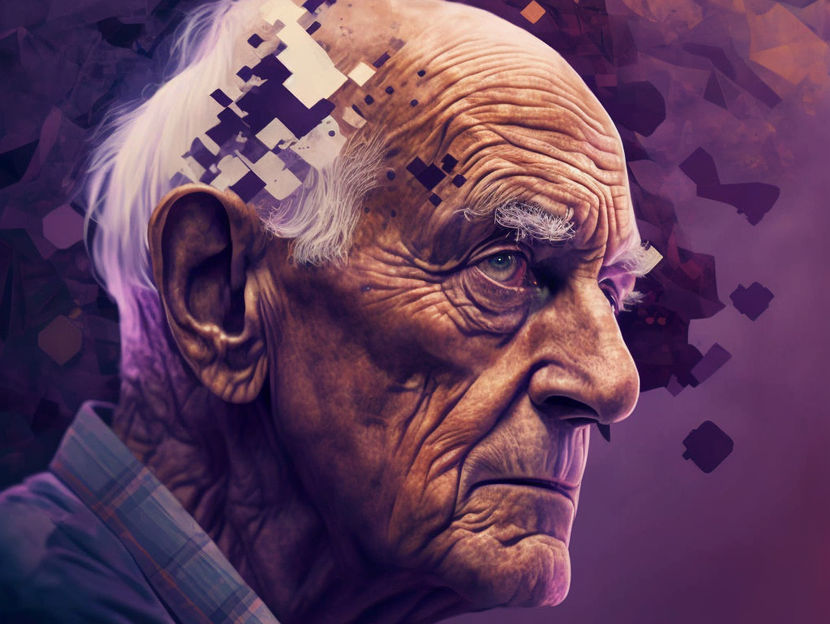Researchers develop 'brain-reading' methods
Rutgers research discovery sets direction for decoding large-scale structure of brain
It is widely known that the brain perceives information before it reaches a person's awareness. But until now, there was little way to determine what specific mental tasks were taking place prior to the point of conscious awareness. That has changed with the findings of scientists at Rutgers University in Newark and the University of California, Los Angeles who have developed a highly accurate way to peer into the brain to uncover a person's mental state and what sort of information is being processed before it reaches awareness. With this new window into the brain, scientists now also are provided with the means of developing a more accurate model of the inner functions of the brain.
As reported in a forthcoming issue of Psychological Science, the findings obtained by Stephen José Hanson, psychology professor at Rutgers; Russell A. Poldrack, professor at UCLA, and Yaroslav Halchenko, (now a post-doctoral student at Dartmouth College), have provided direct evidence that a person's mental state can be predicted with a high degree of accuracy through functional magnetic resonance imaging (fMRI). The research also suggests that a more comprehensive approach is needed for mapping brain activity and that the widely held belief that localized areas of the brain are responsible for specific mental functions is misleading and incorrect.
Over the last several years, much of neuroimaging has focused on pinpointing areas of the brain that are uniquely responsible for specific mental functions, such as learning, memory, fear and love. But this latest research shows that the brain is more complex than that simple model. In their analysis of global brain activity, the researchers found that different processing tasks have their own distinct pattern of neural connections stretching across the brain, similar to the fingerprints that distinctively identify each of us. Rather than being a static pattern, however, the brain is able to arrange and rearrange the connections based on the mental task being undertaken.
"You can't just pinpoint a specific area of the brain, for example, and say that is the area responsible for our concept of self or that part is the source of our morality," says Hanson. "It turns out the brain is much more complex and flexible than that. It has the ability to rearrange neural connections for different functions. By examining the pattern of neural connections, you can predict with a high degree of accuracy what mental processing task a person is doing."
The findings open up the possibility of categorizing a multitude of mental tasks with their unique pattern of neural circuitry and also represent a potential first, early step in developing a means for identifying higher-level mental functions, such as 'lying' or abstract reasoning. They potentially also could pave the way for earlier diagnosis and better treatment of mental disorders, such as autism and schizophrenia, by offering a means for identifying very subtle abnormalities in brain activity and synchrony.
The research showing that specific mental functions do not correspond directly with certain brain areas but rather a unique pattern of neural connections also provides a more accurate direction for mapping the effective connectivity of the brain. Known as the Connectome Project, the goal of researchers involved in that work is to provide a complete map of the neural circuitry of the central nervous system.
"What our research shows is that if you want to understand human cognitive function, you need to look at system-wide behavior across the entire brain," explains Hanson. "You can't do it by looking at single cells or areas. You need to look at many areas of the brain to even understand the simplest of functions."
The study involved 130 participants, each of whom performed a different mental task, ranging from reading, to memorizing a list, to making complex decisions about whether to take monetary risks, while being scanned using fMRI. The researches were able to identify which of eight tasks participants were involved in with more than 80-percent accuracy by analyzing the participants' fMRI data against classifications developed from the fMRIs of other individuals. The researchers also were able to identify what class of objects (faces, houses, animals, etc.) a person was viewing before he or she could report that information by analyzing the pattern of brain activity at the back of the brain where information is processed and then conveyed towards the frontal regions associated with awareness.
Most read news
Topics
Organizations

Get the analytics and lab tech industry in your inbox
By submitting this form you agree that LUMITOS AG will send you the newsletter(s) selected above by email. Your data will not be passed on to third parties. Your data will be stored and processed in accordance with our data protection regulations. LUMITOS may contact you by email for the purpose of advertising or market and opinion surveys. You can revoke your consent at any time without giving reasons to LUMITOS AG, Ernst-Augustin-Str. 2, 12489 Berlin, Germany or by e-mail at revoke@lumitos.com with effect for the future. In addition, each email contains a link to unsubscribe from the corresponding newsletter.
More news from our other portals
Last viewed contents
Phenomenex Expands International Network With New Office in the Netherlands
DeCODE and Illumina Form Alliance to Develop and Commercialize DNA-based Diagnostics - Companies to initiate work on molecular diagnostics for the risk of heart attack, type 2 diabetes and breast cancer

























































